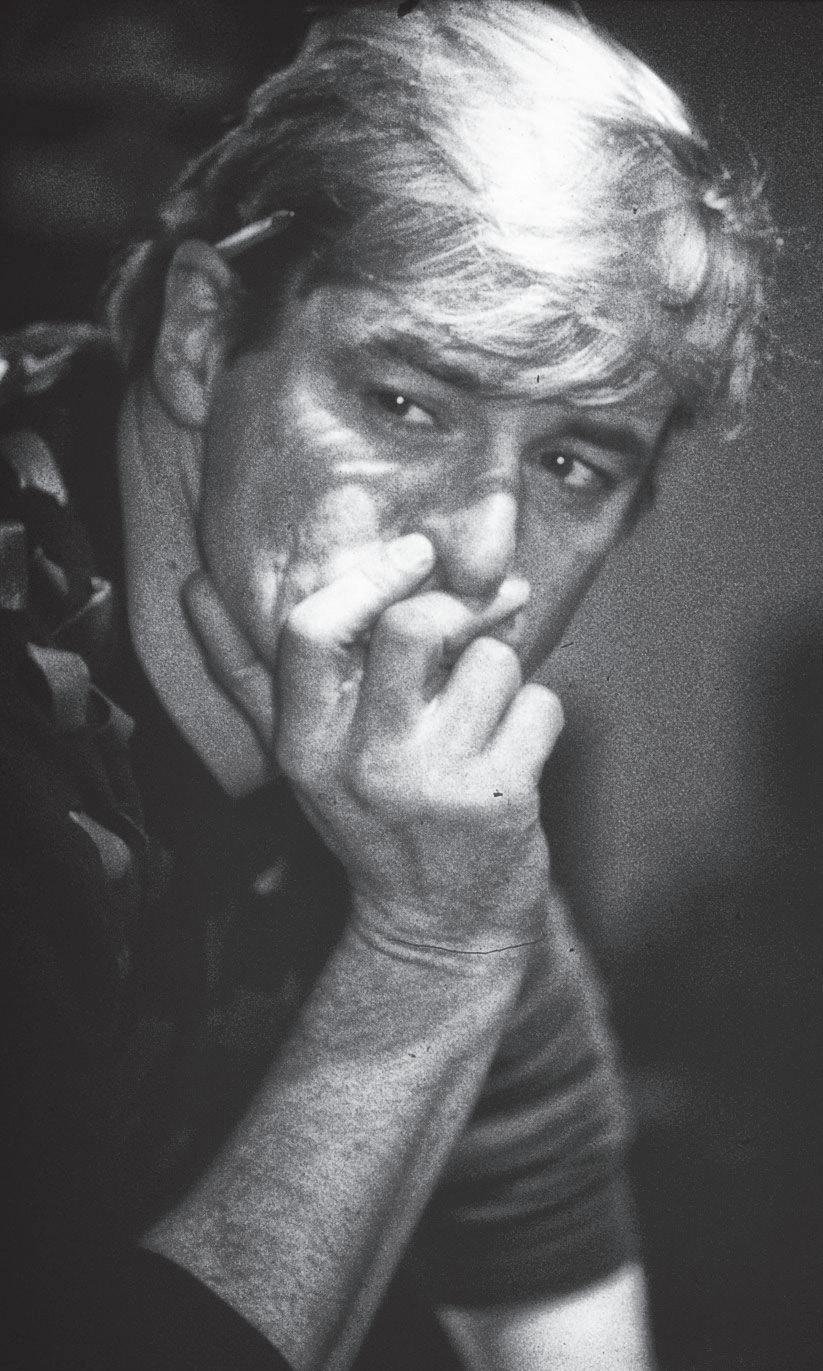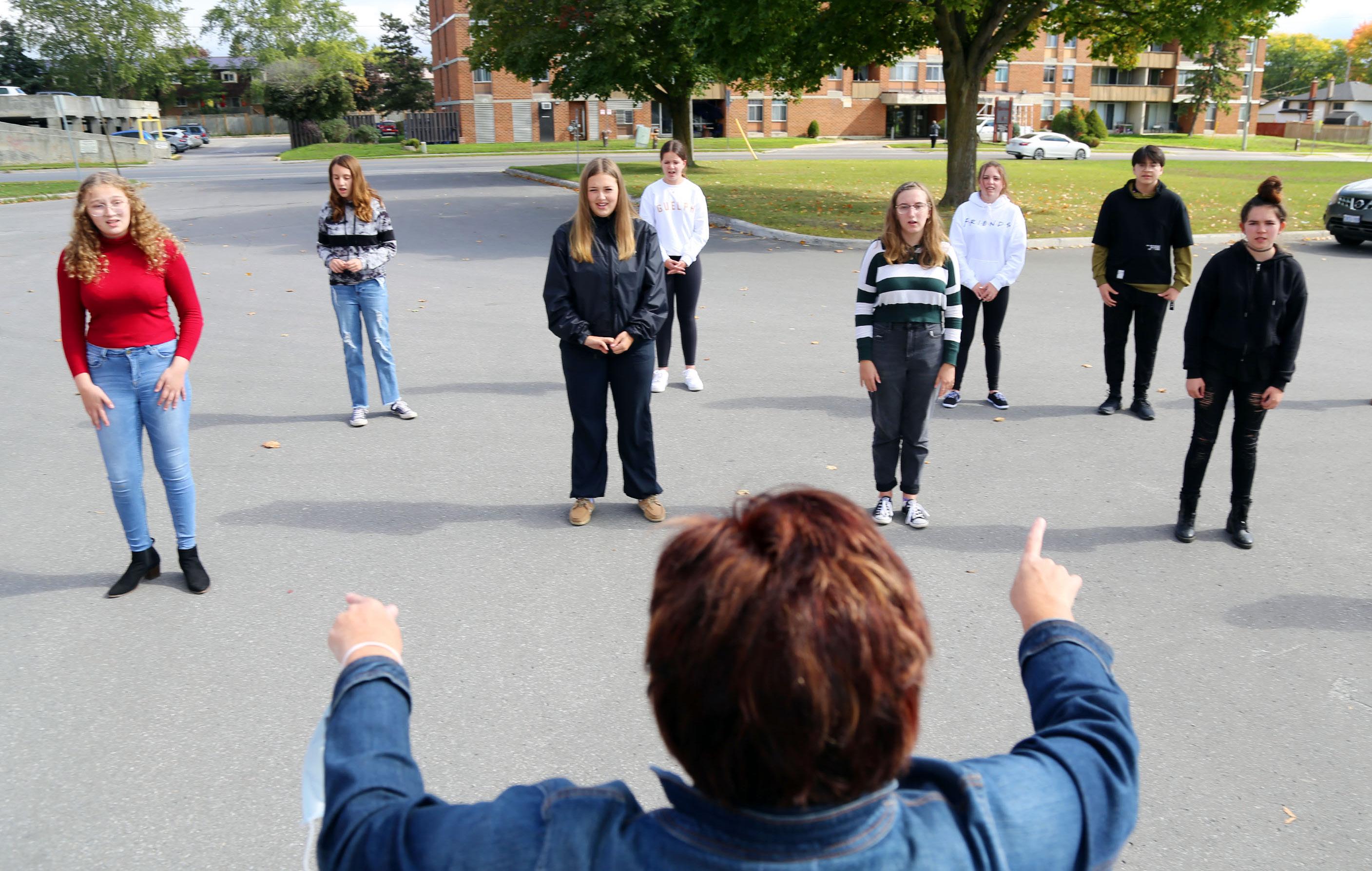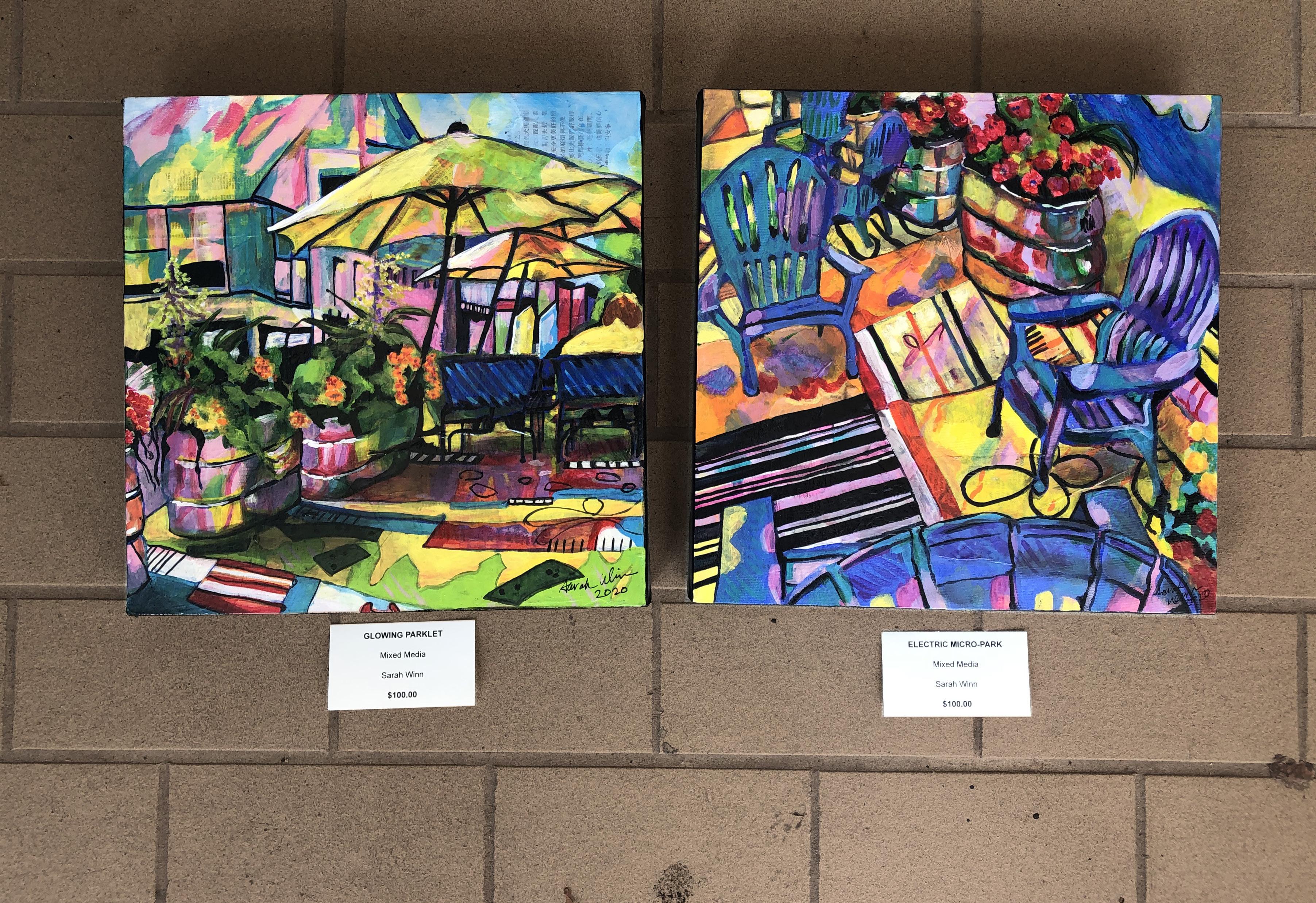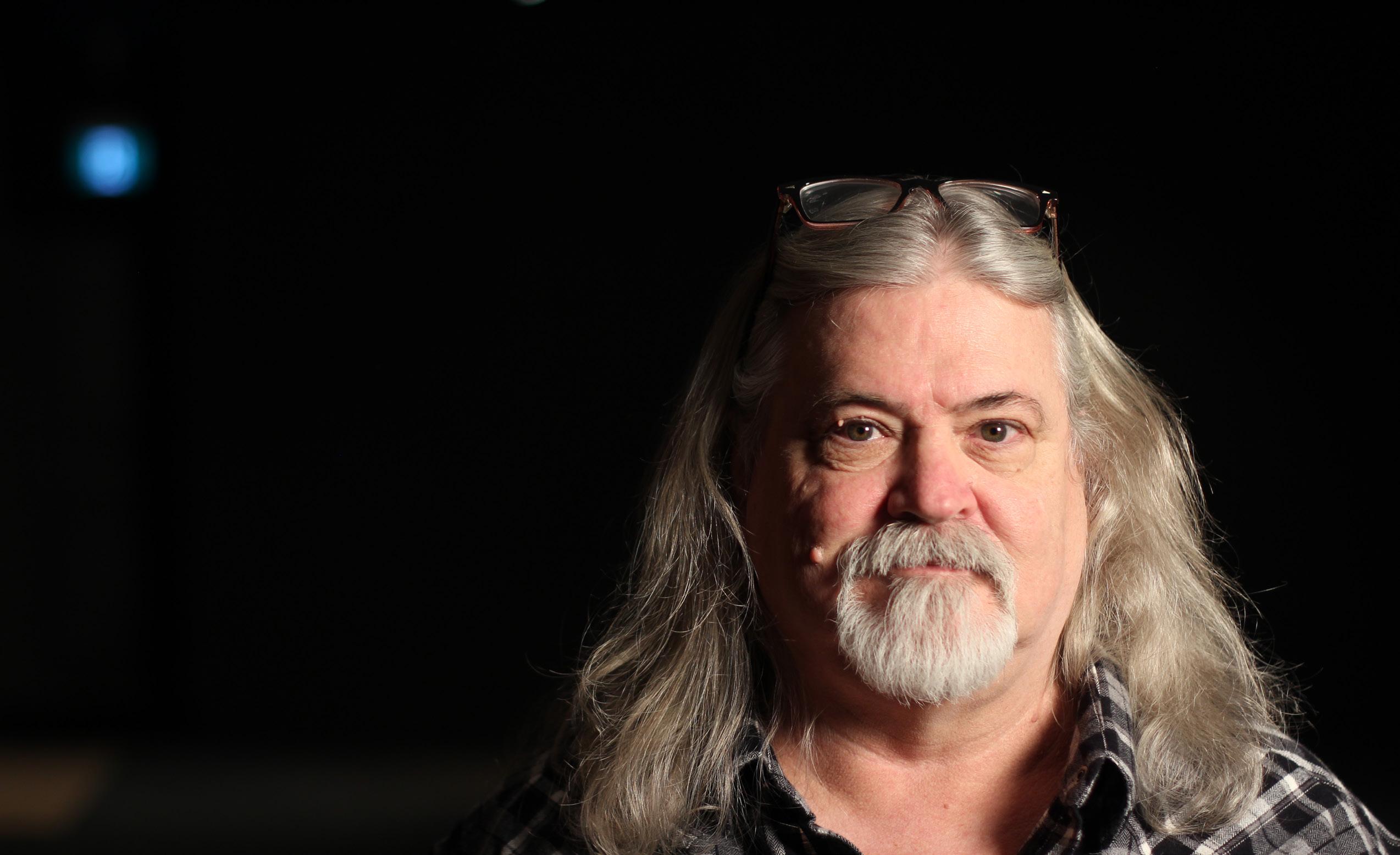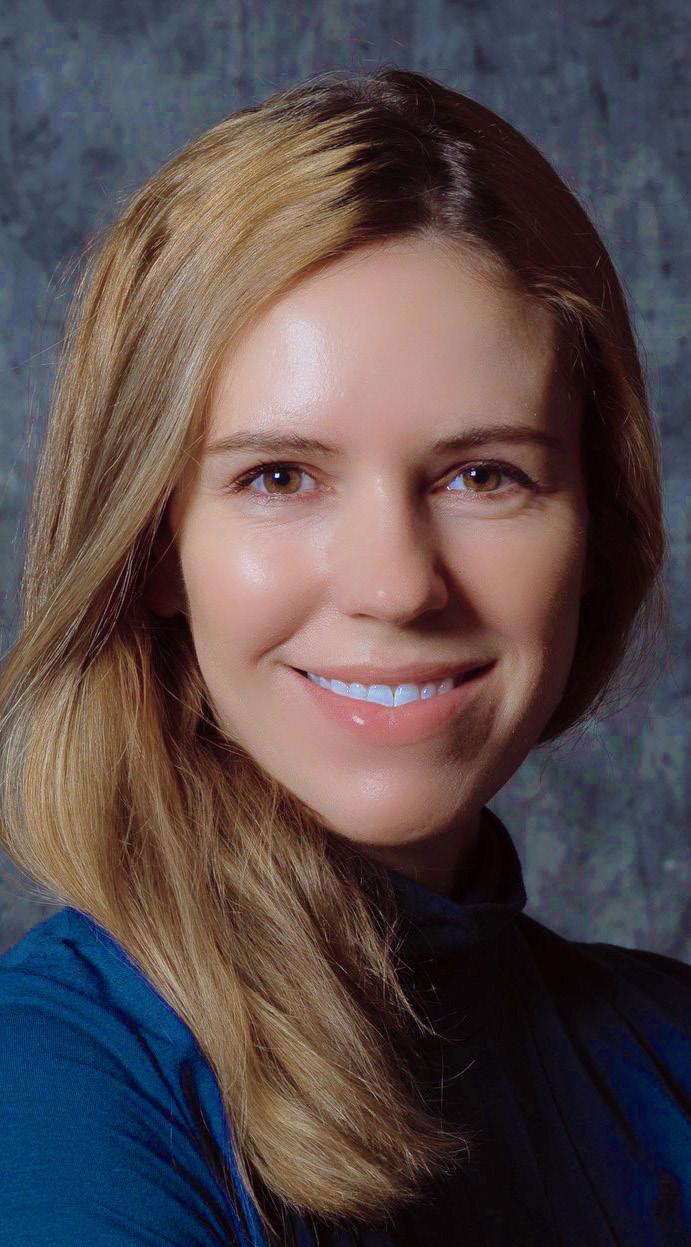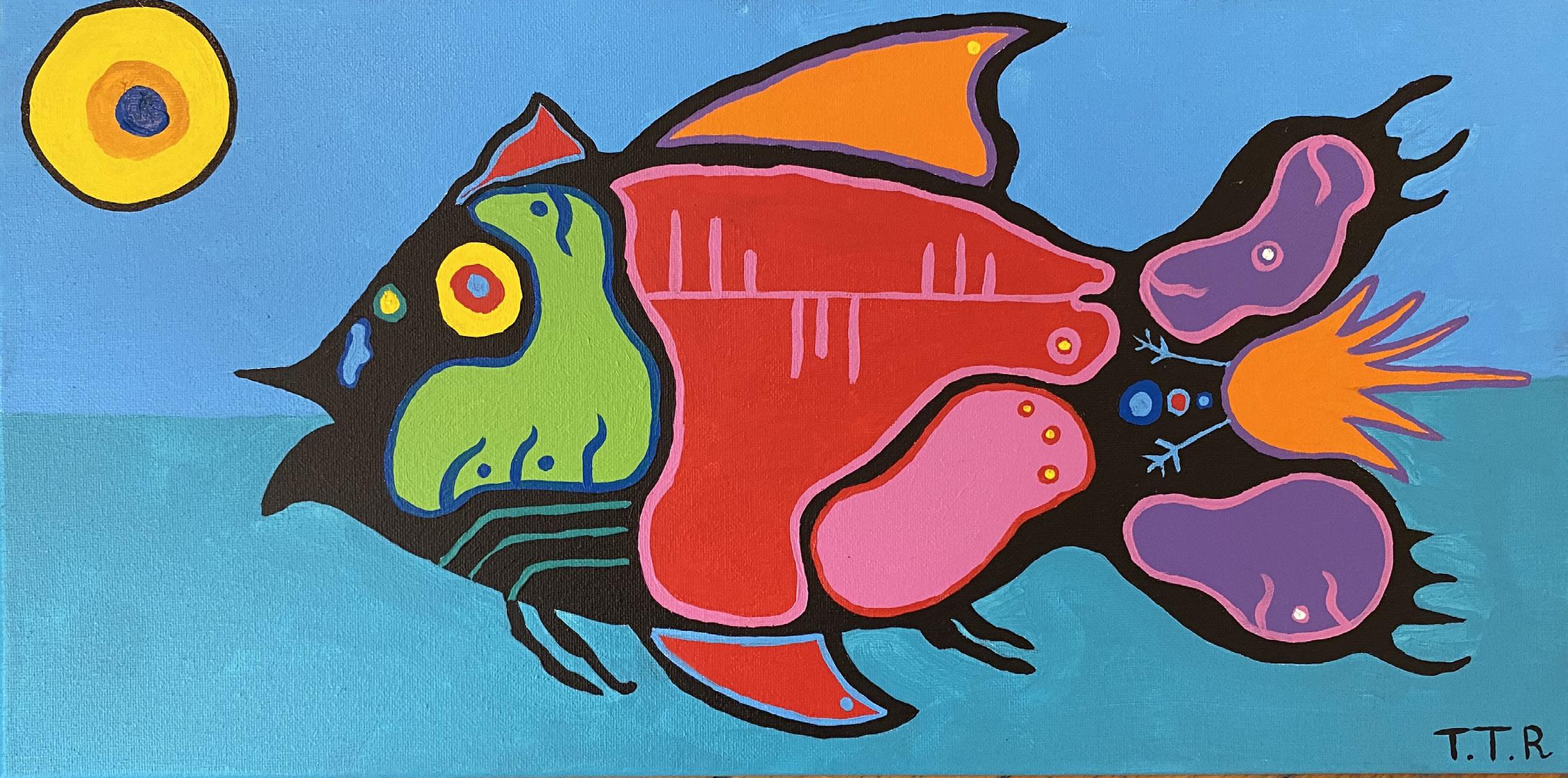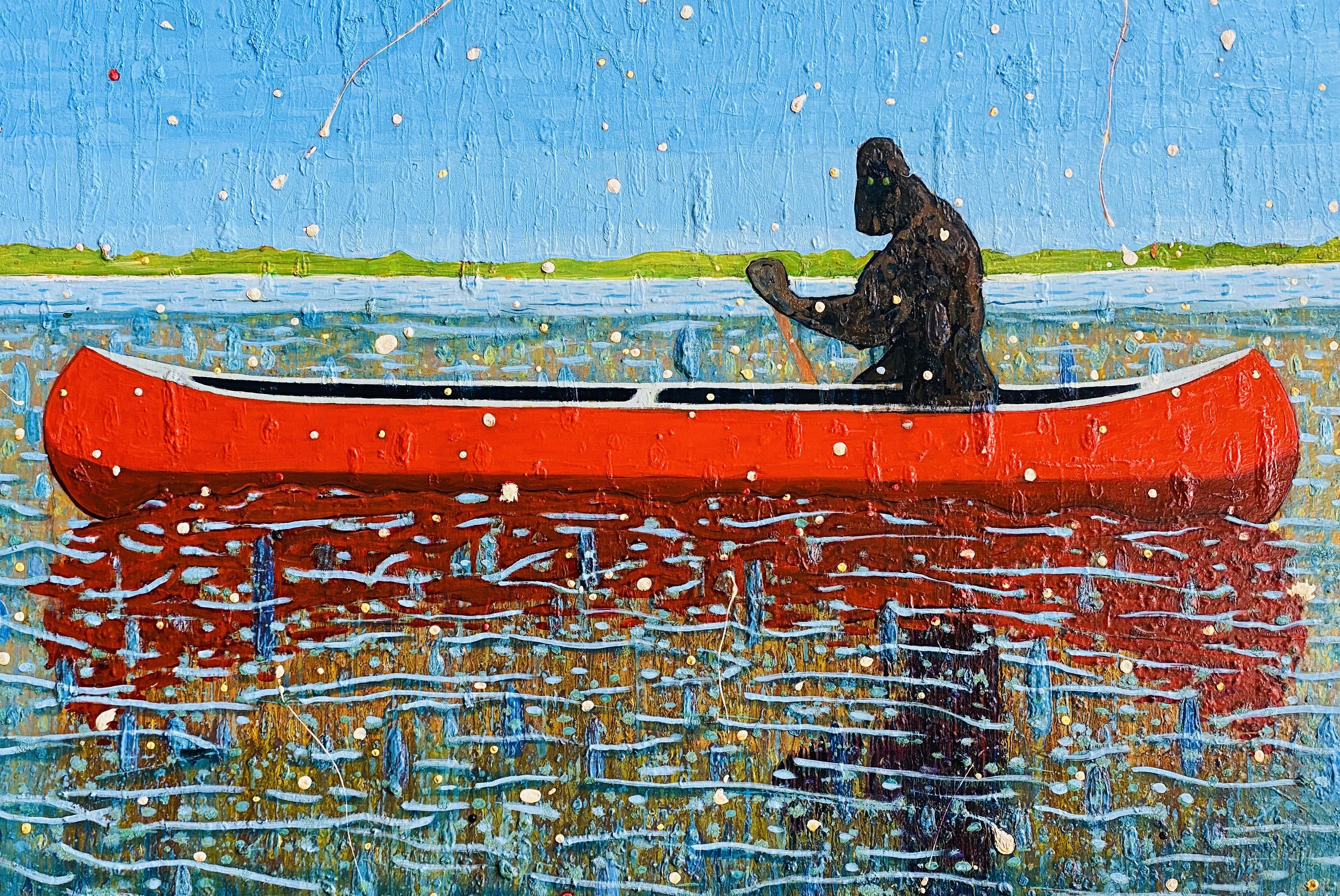
2 minute read
“The Whole World Was His Canvas”: Michael Rutland (1945-2020)
By Peter Paylor
Michael Rutland was a great many things - a talented artist, a world-class curmudgeon, a thought-provoking essayist, a passionate activist, a troublemaker, a fiery debater, my friend. He was opinionated and stubborn and contrary and challenging; he could often be difficult to be friends with. But Michael was generous as well, and inspiring and giving and funny, and he was so, so supportive. He is missed today by so many.
Born in Darby, England, on October 2, 1945, Michael moved to Brampton, Ont. with his family at the age of seven. At the age of eight, he painted a portrait of his dog and became fascinated with, what he called, “the nuances of living tissue.” He developed a love for sculpture during an extended stay in hospital in his early teens and he graduated from the sculpture program at the Ontario College of Art in 1969. “Capturing the human form and its expressions,” he once wrote, “is the most difficult of all the disciplines.” His drawings, photographs and sculptures have been shown in galleries throughout Canada and around the world.

There isn’t a gallery in the Quinte Region that hasn’t shown Michael’s work. To this day, when artists gather in Belleville, they still talk about his contribution – 52 pieces in all – to the show called Unbridled: A Celebration of the Human Form. Controversial at the time, it was a show that shook up the region’s art scene to the point that it’s still reverberating today.
Michael is also known locally for The Children of Hope: a masterful, 15-foot bronze patina sculpture that stands in Connor Park at the corner of Pinnacle and Station Streets in Belleville. A commission from the Rotary Club of Belleville for Rotary’s 100th Anniversary, it is the city’s most significant and prominent work of public art and a treasure that we should be proud of.

In 1996, Michael was at the centre of a group that created the groundbreaking Rivendell Herb Farm near Stirling, Ont., a 45-acre complex with gardens, a tearoom, gallery, studios, and livestock along with a solar powered house and out-buildings. Marilyn Lawrie, who married Michael in 1987, told me that Michael considered Rivendell a piece of sculpture. “The whole world was his canvas,” she said.

In recent years, Michael was an outspoken arts activist, lobbying for increased funding and support for the arts from municipal governments, especially in Belleville. He was instrumental in making that happen; it is part of his legacy.
A proselytizing atheist to the end, Michael would be the last to suggest that his spirit will linger on opening nights at the ballet and the theatre and at art shows and concerts -- a handsome presence off in a corner, a curmudgeon in red leather shoes.
